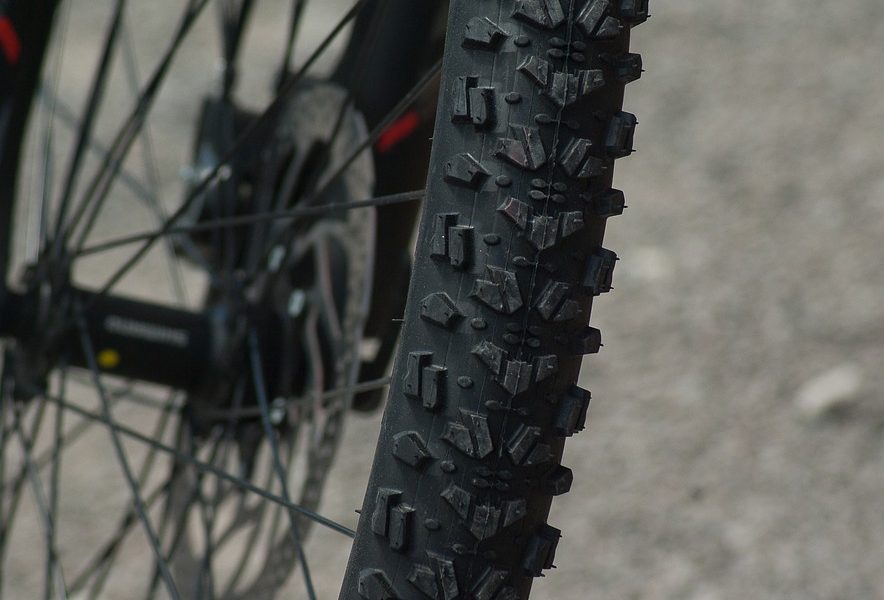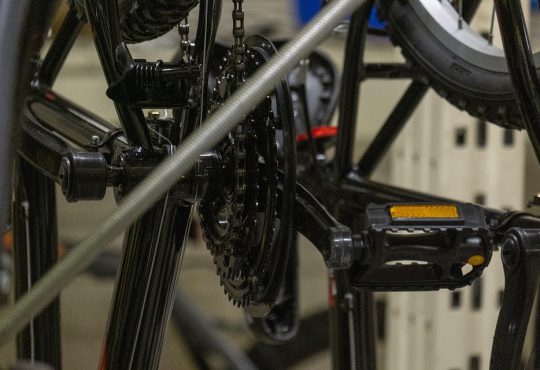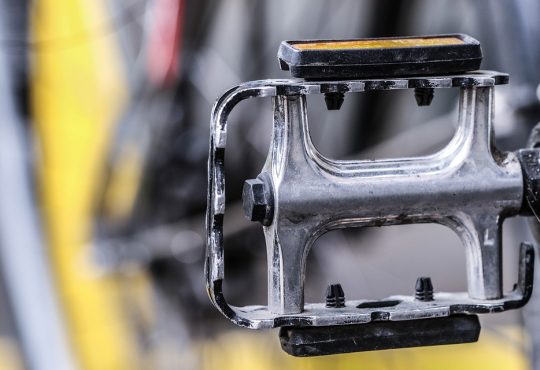
Getting the Right Bike Tire Pressure: What You Need to Know
When you ride your bike, do you ever think about checking the pressure on each of its tires? If not then that’s a mistake because there are some things to know when it comes to how much air should go into our bicycle wheels. Let us show what we’re talking about here!
Why is it necessary to keep the right pressure?
When you don’t have enough air in your bike tires, it can lead to problems. For example, weak brakes and less traction on the road or wheel spin when turning right at high speeds because there isn’t enough pressure between tire layers. So, to avoid those kinds of issues, you must maintain the proper air pressure.
It’s important to be mindful of your tire pressure, even if you don’t think it needs fixing. A good rule of thumb for when checking is once per week or more depending on how often are riding through different environments.
Keeping the right pressure is essential for a few reasons:
- Flats are no fun. They can be dangerous and frustrating, so you should always have your tires checked for proper air volume when going on an adventure out there in nature.
- Maintaining the right height for your tires will make a world difference. If they’re too low, you’ll absorb more bumps in the road which can result in an uncomfortable ride.
- There is a chance that your tire pressure could be too low, which will make it more difficult for you to avoid damage. Imagine going over uneven terrain and having something hit the ground with great force — this would create loud noises as well as any other damage done on wheels.
- You can make your rides faster with pedals, so it’s crucial to always inflate tires properly. When you do this, tire resistance will be reduced which means less work for yourself while out on a bike ride.
Maintaining your bike tires at the ideal pressure offers multiple benefits, which are listed above. Now let’s take a look at how to find that perfect pressure.
What amount of pressure is considered appropriate?
At what pressure should you inflate your tires for the best results? It depends! Here are some things to take into consideration when finding out: the width of your rubber, the terrain you’ll be riding over, and personal preferences. A good place starts though is with what looks like an average number printed on each side (this means max).
If you find that your tires are under-inflated, then it’s time to consult a pressure chart! You can buy these devices from a bunch of different stores, and each one has data about what the perfect tire pressure is for any car.
Depending on the conditions, you might want to adjust your tire pressure. For example, if you’re going to be outside for an extended time in hot weather, then you’ll want to put more air into your wheels. If you’re riding on softer surfaces like grass or sand, then let some of the pressure out!
Remember that you don’t always need to ride at maximum pressure. Some tires work best with lower air pressure, while others might require a different amount. Be sure to experiment until you find what works for you and your tires!
What is the correct way to check your tire pressure?
A digital gauge will give you the most accurate readings when checking your tire pressure. Remove the valve cap and press it against one of these nifty little meters. This will give you an instant read-out in psi (pounds per square inch). You can add air or CO2 gas until satisfied.
It’s always better to err on the side of too much pressure than not enough. It may be easier for you and your vehicle if they have more air in them, so just be sure before adding anything else that this is what will work out well!
When should you replace your bike tires?
All bike tires eventually need to be replaced. The lifespan of your tire depends on how often you ride and what type it is: city streets vs. mountain biking rough trails will wear down even the most durable rubber much faster than others.
A general rule is that you should change out bike tires every 1,000 to 2,000 miles. But don’t forget about checking them regularly so any signs of damage or cracks won’t be evident.
You always want to have a spare tire on hand in case you get stuck with a flat. Not only will this help fix your problem quickly and easily, but also before things go from bad to worse!
The proper tire pressure is essential to maintaining good overall bike health. Without it, you could have flats and even worse — a blown-out tube! So check your tires regularly for optima performance every couple of months or so during summer time when the heat makes them expand more than usual.
Do you have any tips for maintaining tire pressure? Share them in the comments below!

